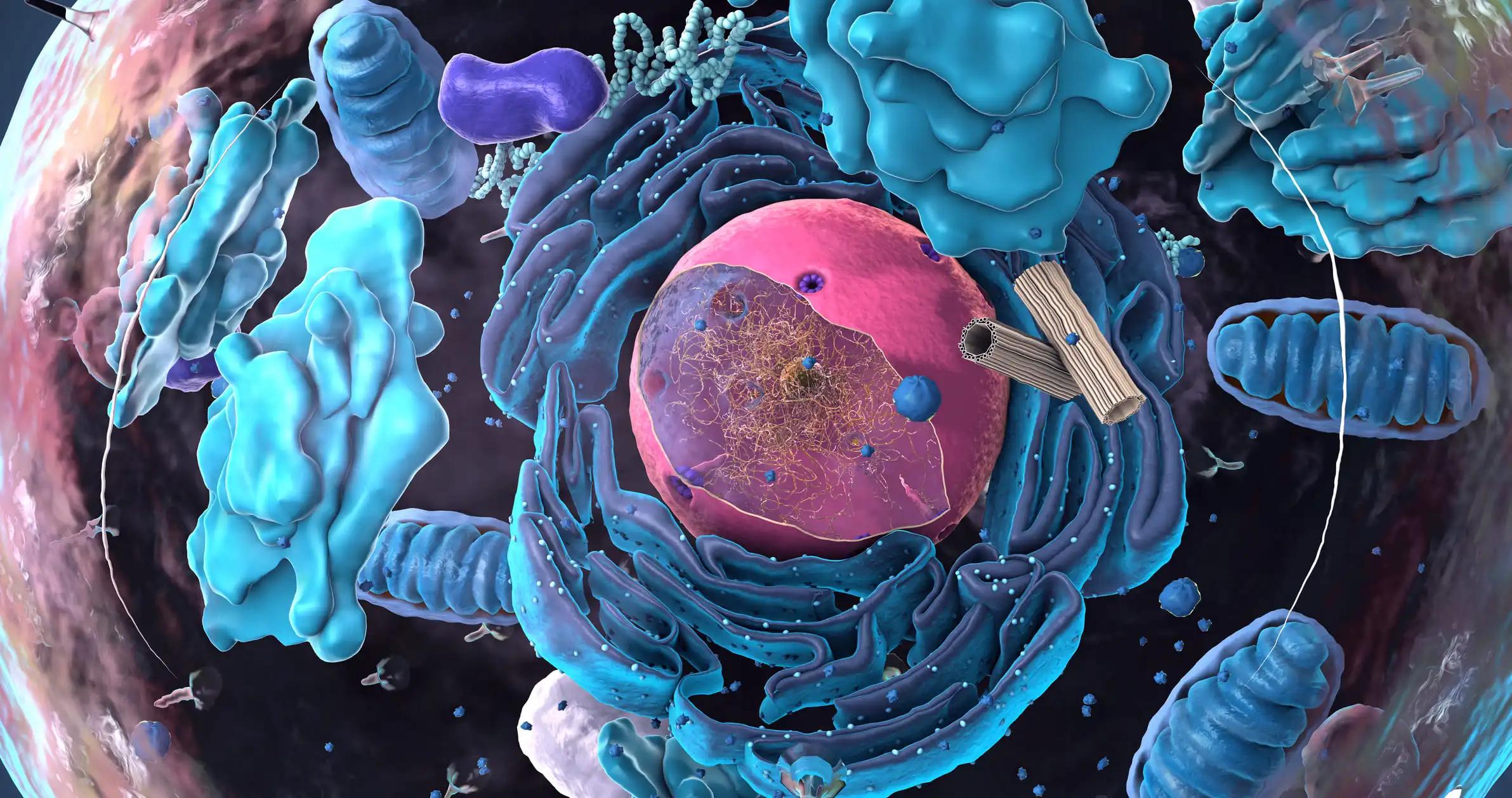KEY TAKEAWAYS
- The phase 1b trial evaluated the combination of T-DXd and nivolumab in patients with HER2-expressing metastatic breast cancer (MBC) or advanced urothelial cancer.
- T-DXd, combined with an anti-PD-1 antibody, outperformed either medication alone in animal cancer treatment models.
- In conjunction with nivolumab, the study is underway, and interim findings for the HER2+ and HER2-low breast cancer cohorts have been reported.
- Adverse events associated with T-DXd treatment included anemia, transaminase increase, nausea, and interstitial lung disease observed in some patients.
The anti-HER2 antibody, cleavable tetrapeptide-based linker, and membrane-permeable topoisomerase I inhibitor payload make up T-DXd, a new antibody-drug combination. Confirmed objective response rate (cORR) with T-DXd was 60.9% and median progression-free survival (mPFS) was 16.4 months in a phase 2 study of patients (pts) with HER2+ (IHC 3+ or IHC 2+/ISH+), unresectable or metastatic breast cancer (MBC) previously treated with trastuzumab emtansine (T-DM1) (Modi NEJM 2020). A phase 1 trial (Modi J Clin Oncol 2020) found that the cORR was 37.0% and the mPFS was 11.1 months in patients with HER2-low (IHC 2+/ISH, IHC 1+) advanced BC. Patients over 18 with HER2+, unresectable, or MBC who have previously been treated with at least 2 anti-HER2-based regimens in the US or prior chemotherapy and are refractory to or intolerant of standard treatments in Japan have received T-DXd. The combination of T-DXd and anti-PD-1 antibody outperformed either medication alone in animal cancer treatment models (Iwata Mol Cancer Ther, 2018). Patients with HER2-expressing (centrally tested) MBC or advanced urothelial carcinoma were enrolled in a phase 1b, open-label, multicenter, 2-part study of T-DXd in conjunction with nivolumab (Nivo) (DS8201-A-U105; NCT03523572); interim findings for the BC cohorts are given. Patients (Pts) were immune checkpoint inhibitor-naive and older than 18 years. Subjects from the US and Europe were enlisted.
Part 1 (dose escalation) involved giving patients T-DXd at 3.2 or 5.4 mg/kg IV every 3 weeks (q3w) and Nivo at 360 mg IV every 3 weeks to find the optimal expansion dose (RDE). HER2+ (IHC 3+ or IHC 2+/ISH+) disease that had progressed on prior T-DM1 and HER2 low (IHC 1+ or IHC 2+/ISH) disease that had progressed on past conventional treatments were the recipients of the RDE in Part 2. The primary effectiveness endpoint is the independent central review (ICR) of the objective response rate (cORR), according to RECIST 1.1 in part 2. Duration of response (DOR), disease control rate (DCR), progression-free survival (PFS), overall survival (OS), safety, and pharmacokinetics are other objectives. Researchers enrolled 52 MBC pts. In the first phase, four patients (three HER2+ and one HER2 low) and three HER2+ patients (5.4 mg/kg) were treated with T-DXd. The median follow-up time for the 45 patients with the RDE of T-DXd 5.4 mg/kg and Nivo 360 mg was 7.0 months and 6.9 months, respectively (HER2+, n=29; HER2 low, n=16 [13 HR+]). All 48 patients who were given RDE were female, and their median follow-up time was 6.9 months. The average age of HER2+ patients was 55, and they had received 5 lines of metastatic/advanced treatment in the past. 56.3% of patients were still receiving treatment as of the data cutoff date (June 8, 2020) (median treatment duration: T-DXd, 6.5 months; Nivo, 5.2 months). Patients with low levels of HER2 were, on average, 6.3 months into their therapy with T-DXd and 4.9 months into their treatment with Nivo. The median age of HER2 low pts was 47 years old.
The cORR by ICR for patients treated at RDE was 59.4% (19/32, 18 PR) for the HER2+ cohort and 37.5% (6/16, all PR) for the HER2 low group. The DCR was 90.6% in the HER2+ group and 75.0 % in the HER2 – group. None of the cohorts attained their median DOR, although the HER2+ group had a PFS of 8.6 months (95% CI, 5.4-NE), while the HER2 low group had 6.3 months (95% CI, 2.3-NE). Of the patients treated at RDE (n=48), 43.8% experienced AEs grade 3; the most common were anemia (16.7%) and transaminase increase (6.3%). The three most prevalent AEs of any severity were nausea (54.2%), tiredness (45.8%), and alopecia (41.7%). Five patients (10.4%; all HER2+) were found to have interstitial lung disease (ILD) as a result of their treatment (grade 5, n=1; grade 2, n=4). There were no additional fatalities connected to AEs from any drugs. T-DXd with Nivo showed anticancer activity consistent with earlier studies of T-DXd and had an acceptable safety profile in this interim study of patients with HER2-expressing MBC; however, further research is needed to determine whether the addition of IO treatment to T-DXd is beneficial to patients.
Source: https://plan.core-apps.com/sabcs2020/abstract/f5914f027d245760b1d84b219b43ecde
Clinical Trial: https://clinicaltrials.gov/ct2/show/NCT03523572
Hamilton E, Shapiro CL, Petrylak D, Boni V, Martin M, Del Conte G, Cortes J, Agarwal L, Arkenau H-T, Tan AR, Debruyne P, Minchom A, Rutten A, Valdes-Albini F, Yu EY, Augustine B, D’Amelio Jr. A, Barrios D, Hurvitz SA Sarah/SPD3-07 Trastuzumab deruxtecan (T-DXd; DS-8201) with nivolumab in patients with HER2-expressing, advanced breast cancer: a 2-part, phase 1b, multicenter, open-label study/2020 San Antonio Breast Cancer Symposium. (n.d.). Plan.core-Apps.com. Retrieved May 1, 2023, from https://plan.core-apps.com/sabcs2020/abstract/f5914f027d245760b1d84b219b43ecde



